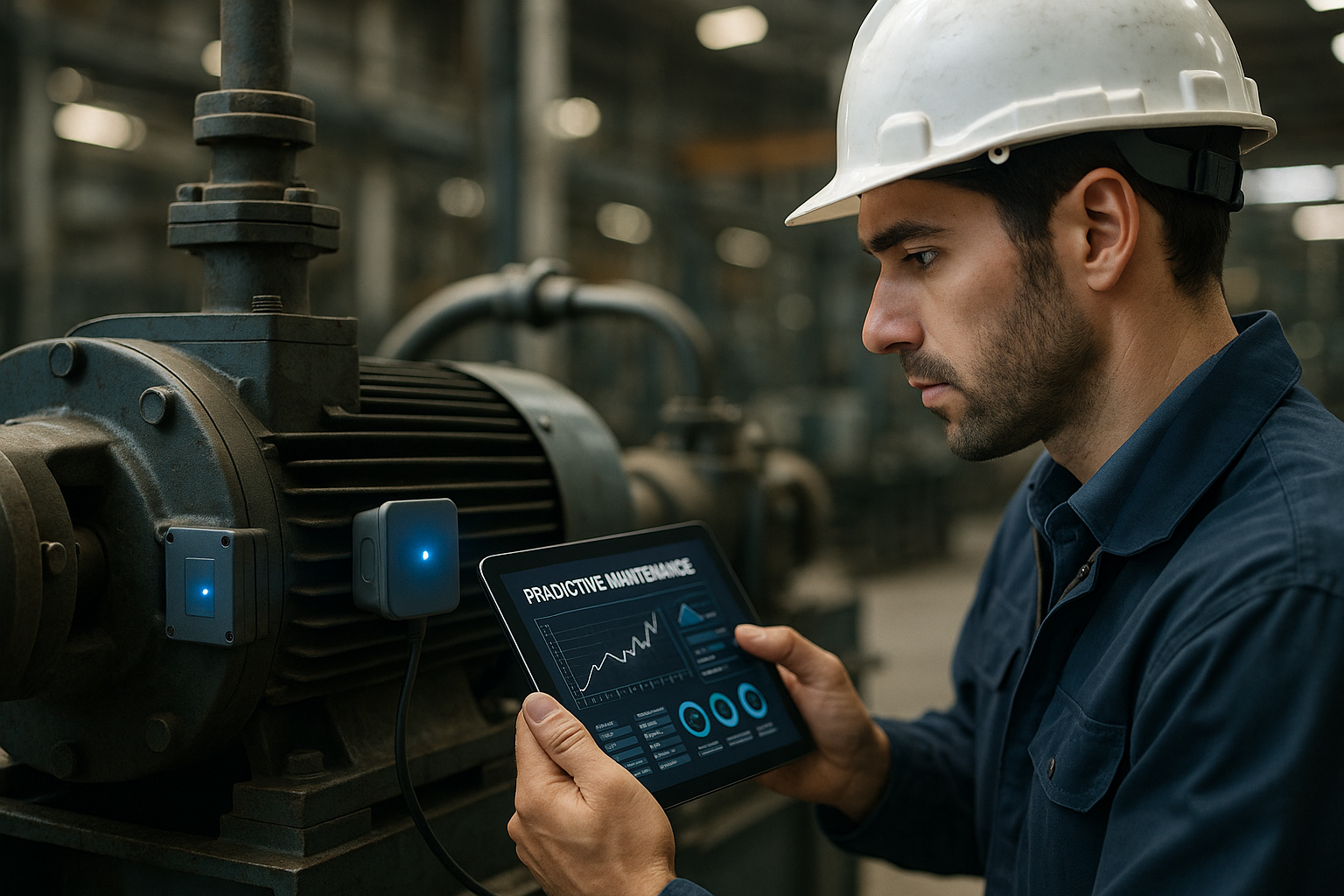Safety Protocols for Human-Machine Collaboration on the Floor
Human-machine collaboration on the production floor combines the strengths of people and automated systems to improve productivity and flexibility. Clear safety protocols reduce the risk of incidents, support quality control, and help integrate robotics, sensors, and digitization without slowing operations. This article outlines practical measures for manufacturing teams and facility managers worldwide.

Human-machine collaboration on the production floor combines human judgment and adaptability with machine speed and repeatability. Effective safety protocols focus on clear task boundaries, reliable sensing, consistent maintenance, and workforce training. When implemented alongside digitization and traceability systems, these safeguards improve quality and sustainability while enabling customization and efficient logistics across the supply chain.
How does automation change safety on the floor?
Automation shifts risk profiles by removing humans from repetitive or hazardous tasks but introducing new hazards related to system faults, unexpected movements, or integration errors. Safety protocols should include risk assessments for cell layouts, defined safe zones, and redundant stop mechanisms. Integrate safety-rated controllers and program safe operating modes that reduce speed or power when a human enters a shared workspace. Documentation of automated workflows supports traceability and helps maintenance teams diagnose issues without exposing staff to danger.
How can robotics and workforce collaborate safely?
Design collaboration around predictable behavior and shared intent. Collaborative robots (cobots) require force limiting, rounded end-effectors, and controlled approach speeds; protocols must define permissible human interactions and emergency stop procedures. Train the workforce on proximity rules, lockout/tagout procedures, and permitted manual interventions. Workforce involvement in risk assessment and retrofit planning ensures that customization needs are balanced with safety, and that operators understand when and how to override or pause robotic tasks.
What role do sensors and traceability play?
Sensors form the backbone of real-time safety monitoring. Proximity sensors, vision systems, and wearable devices detect human presence and posture, enabling dynamic speed or power adjustments. Traceability systems log events, sensor readings, and maintenance actions to create an audit trail for incidents and continuous improvement. Use secure, timestamped logs to link sensor data with quality checks and supply chain records; this supports faster root-cause analysis and compliance with safety audits.
How to include maintenance and retrofit in safety plans?
Planned maintenance and retrofit work must be treated as integral safety activities. Establish maintenance windows and clear lockout/tagout processes to prevent unexpected machine starts. When retrofitting older equipment for digitization or automation, perform a systems-level safety validation to confirm that added sensors, actuators, and control logic do not introduce failure modes. Prioritize preventative maintenance schedules for critical components and keep spare parts for sensors and safety relays to reduce risky, rushed repairs.
How does sustainability and energy affect safety protocols?
Sustainability and energy management intersect with safety in several ways. Energy-saving modes must still allow for safe shutdown and rapid recovery; for example, reduced-power states should not disable essential safety circuits. Efficient energy systems can reduce heat and electrical hazards, but they may add complexity through energy storage or regenerative systems. Integrate energy monitoring into maintenance and safety checks, and ensure personnel are trained on the safe handling of batteries, capacitors, and other energy-related components.
How does digitization impact quality, logistics, and supply chain safety?
Digitization enhances visibility across production and logistics, enabling predictive maintenance and better quality control. Real-time dashboards can alert operators to deviations that might create unsafe conditions or compromise product quality. When connecting equipment to wider supply chain systems, apply strict access controls and segmentation to prevent unauthorized commands that could create physical hazards. Traceability tied to digitized workflows supports more reliable recalls and faster investigations when safety or quality incidents occur.
In conclusion, safe human-machine collaboration requires an integrated approach that combines engineering controls, sensor-based monitoring, documented procedures, and workforce engagement. Attention to maintenance, retrofit planning, energy management, and digitization improves both safety and operational resilience. By aligning safety protocols with quality, traceability, and logistics needs, organizations can achieve flexible, sustainable production while protecting workers and assets.





